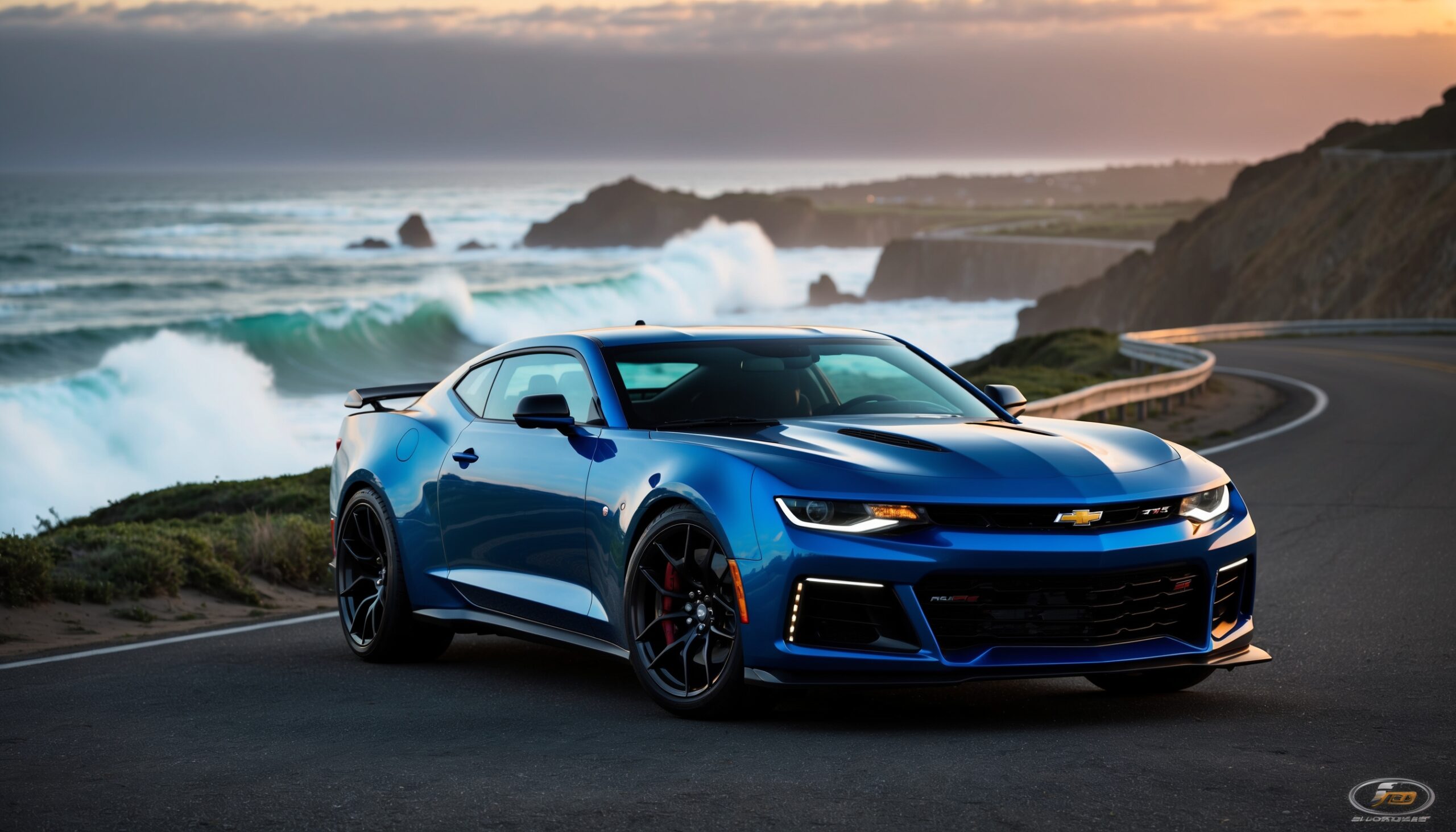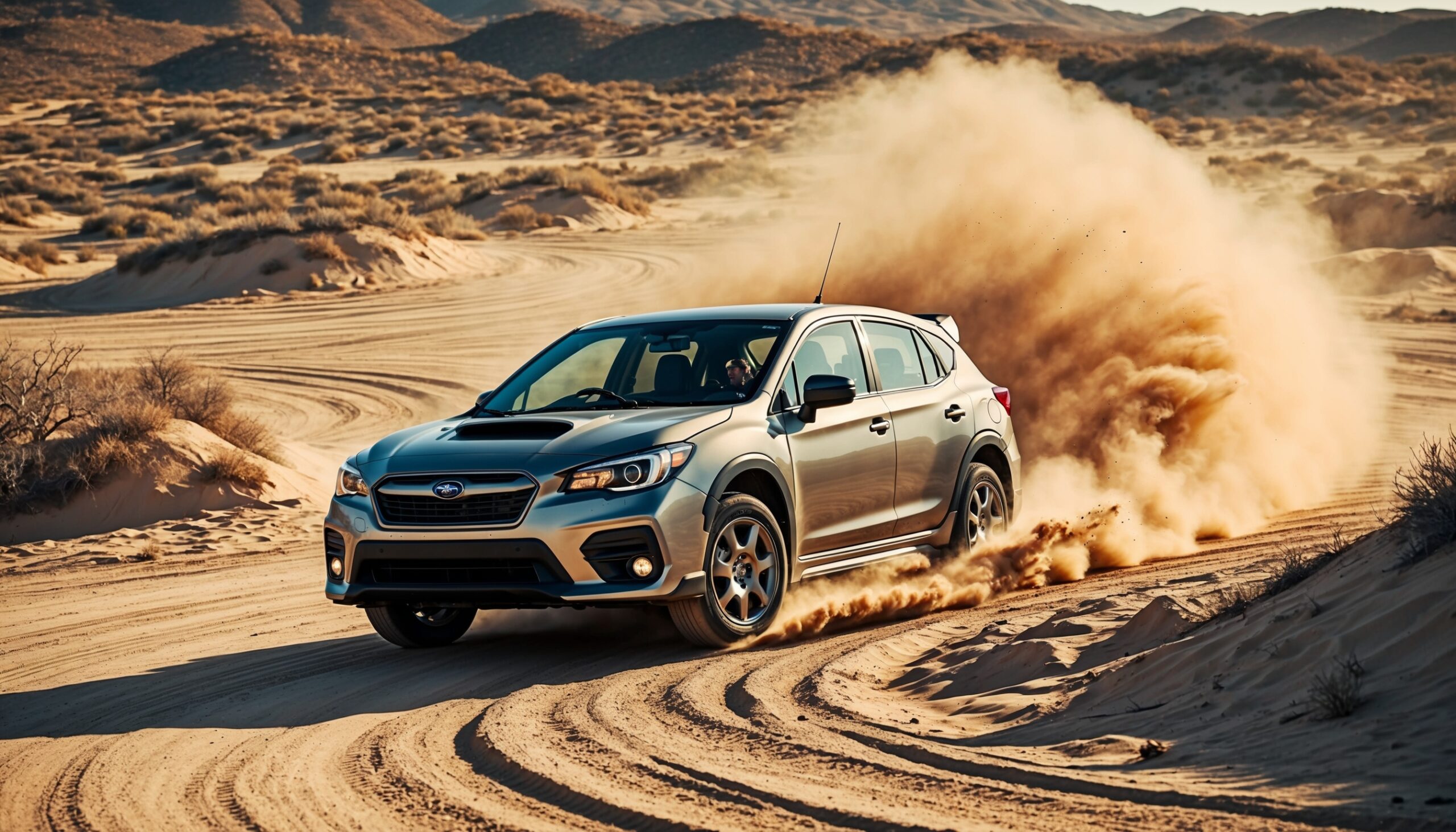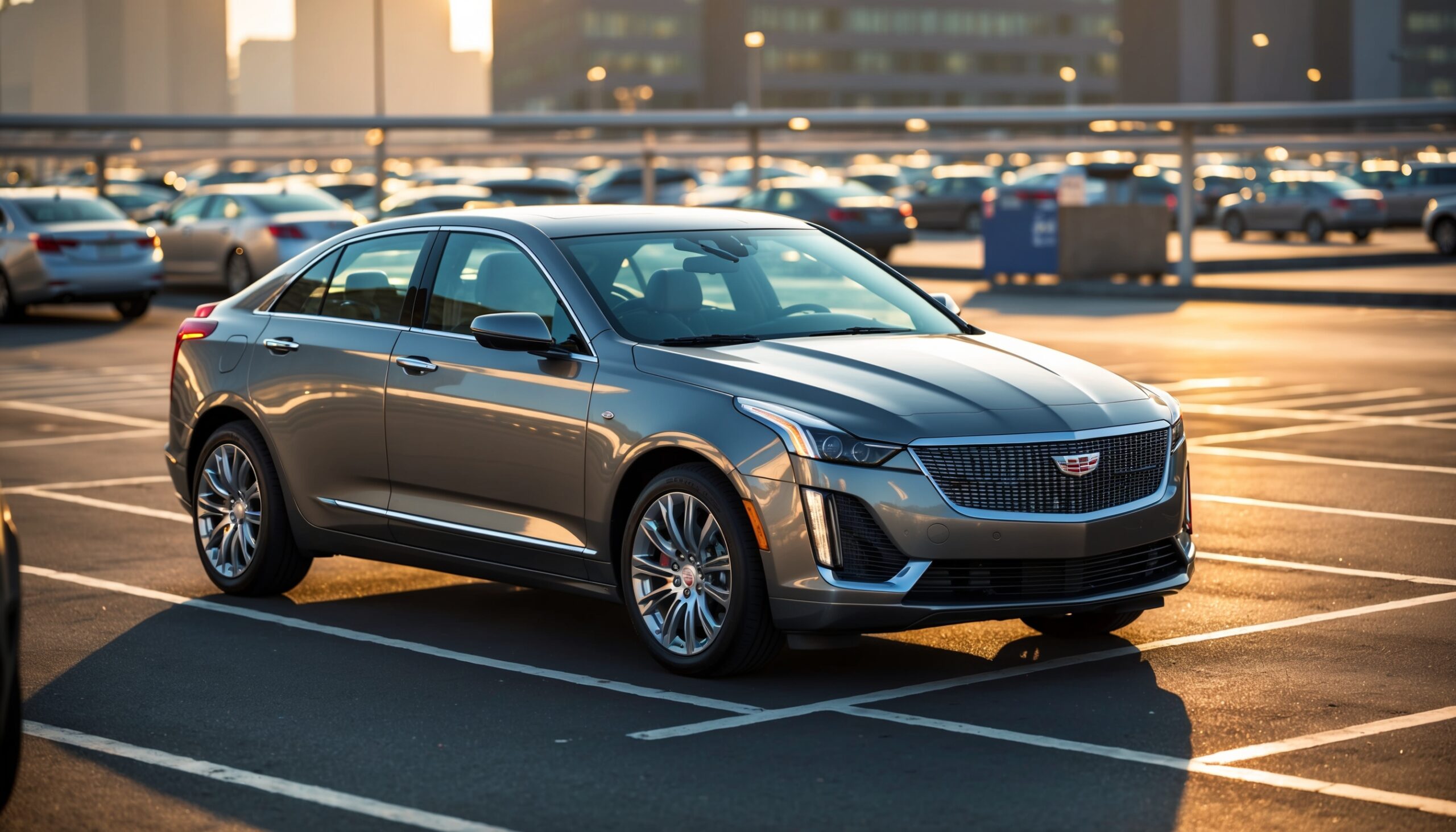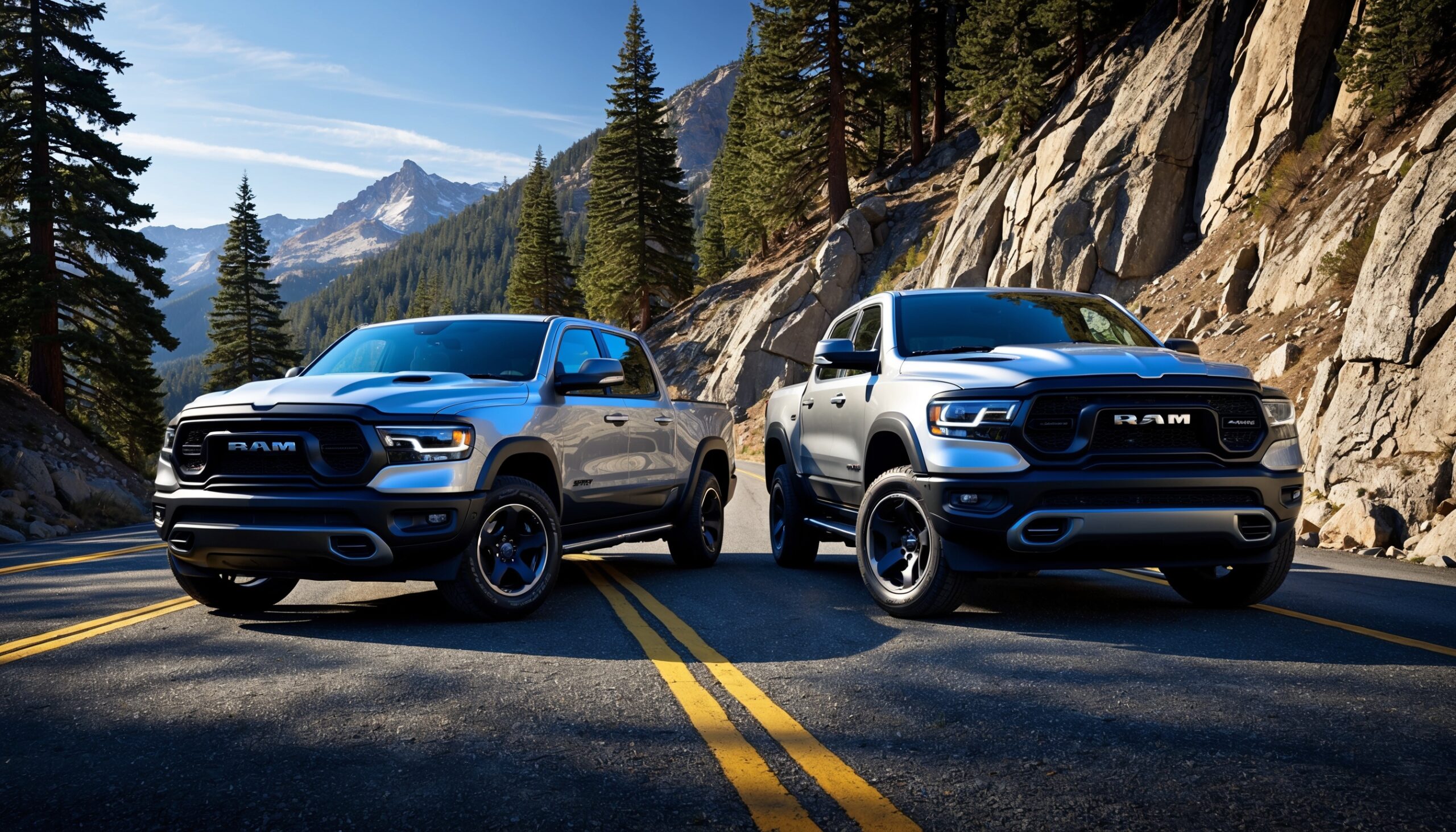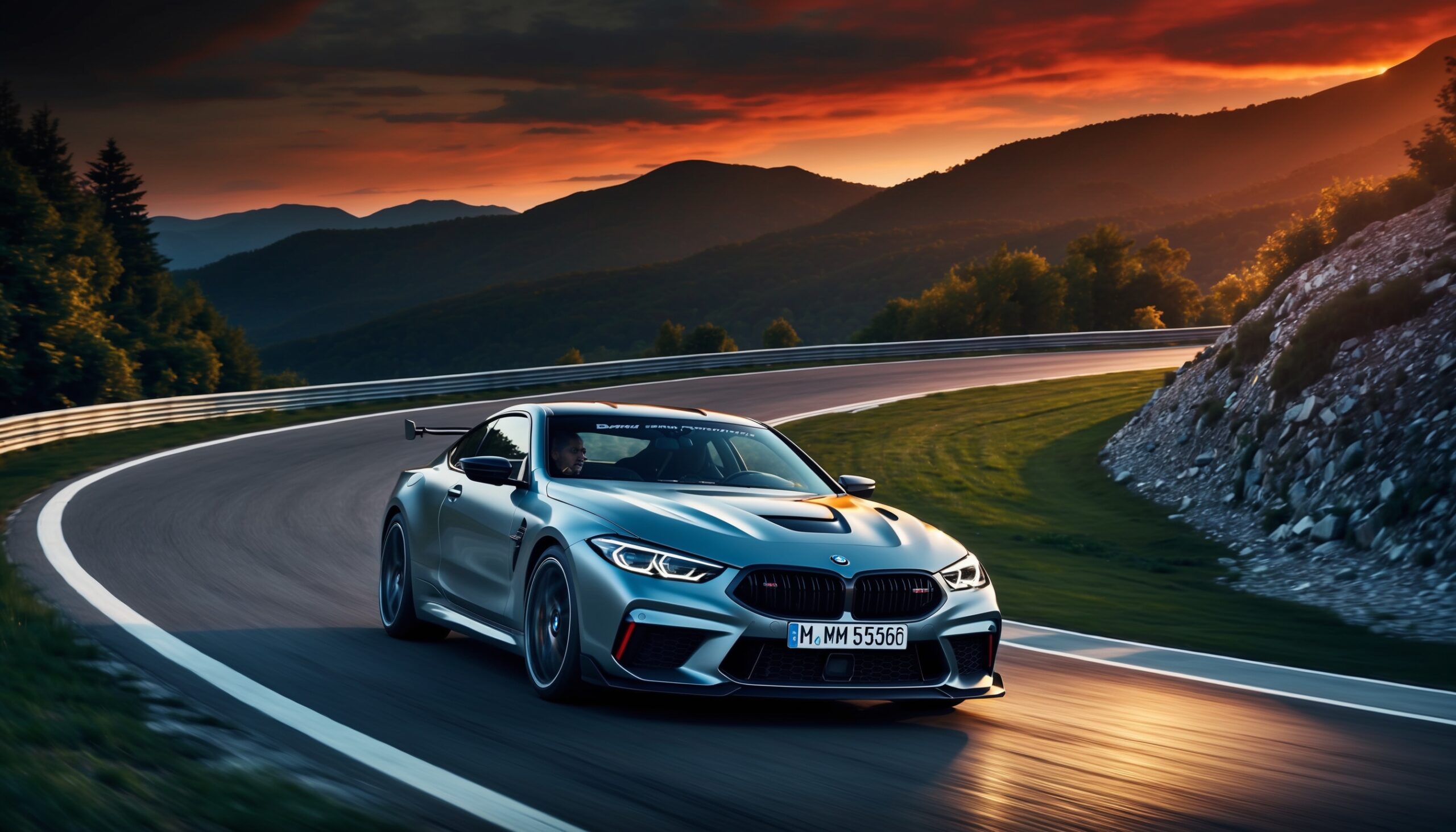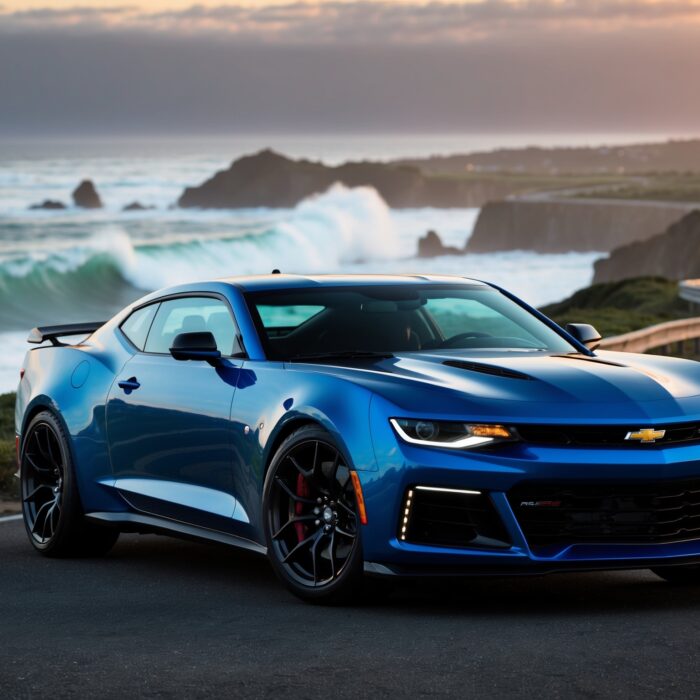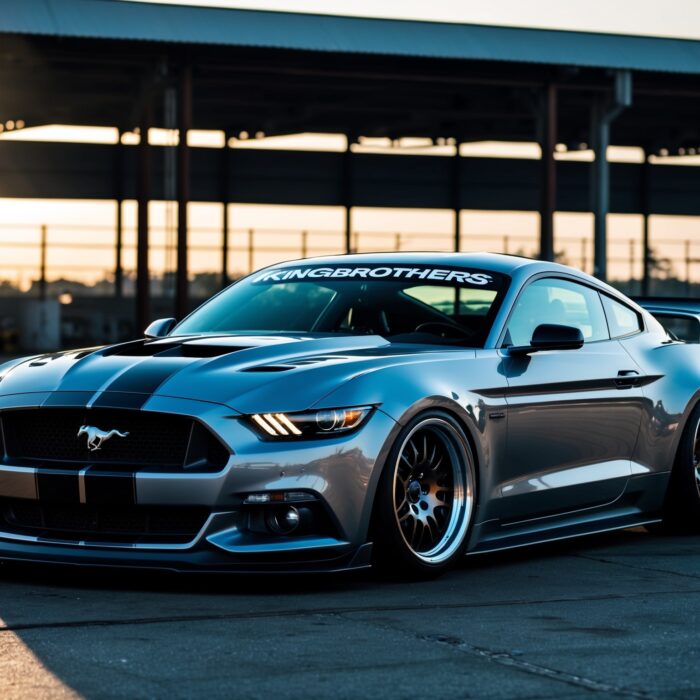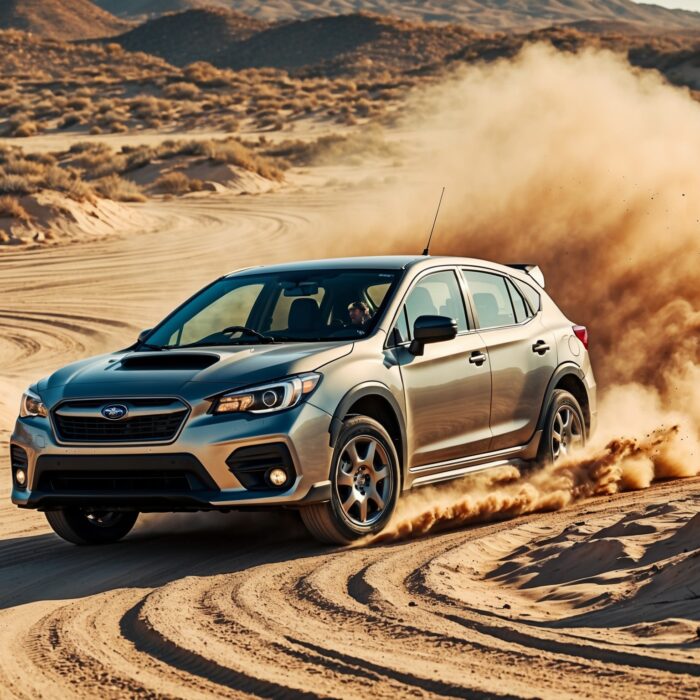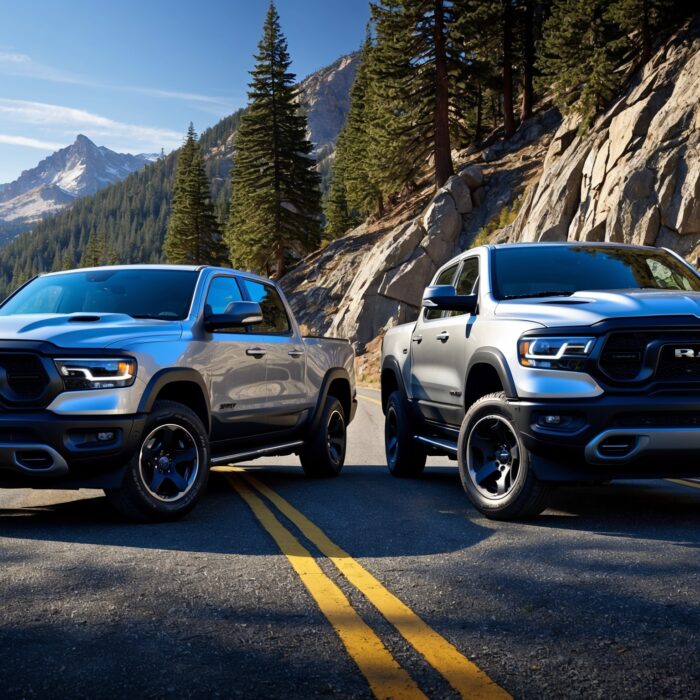Subaru Forester vs Mazda CX-5 – Which Compact SUV Offers the Best Blend of Comfort and Capability?
Overview of both cars
The Subaru Forester and the Mazda CX-5 are two popular compact SUVs that cater to families and adventure-seekers alike. The Forester is known for its rugged capability and spacious interior, making it ideal for outdoor enthusiasts, while the CX-5 boasts a more premium feel with sporty handling, appealing to those who prioritize style and driving dynamics.

Tip: See Quick Specs below for detailed differences.
Quick Specs Comparison
Exterior & Design
The Subaru Forester presents a practical, rugged aesthetic that highlights its adventurous spirit. With a higher ground clearance and robust body cladding, it appeals to those who value functionality over flashiness. Standard LED headlights and a variety of paint options enhance its visual appeal, while its boxy silhouette maximizes interior space.
In contrast, the Mazda CX-5 offers a more upscale and sporty design, characterized by its flowing lines and a signature grille that exudes elegance. The CX-5 features a lower stance, which contributes to its sporty look, and comes equipped with stylish alloy wheels that enhance its overall appearance. Its design philosophy revolves around the “Kodo” aesthetic, which aims to convey motion and dynamism even when stationary.
Interior & Comfort
Inside, the Subaru Forester prioritizes functionality and comfort, featuring spacious seating for five adults with ample head and legroom. The materials used throughout the cabin are durable, catering to families and outdoor adventures. Ergonomics are well thought-out, with easy-to-reach controls and a user-friendly infotainment system. Noise insulation is commendable, allowing for a peaceful ride even at highway speeds.
On the other hand, the Mazda CX-5 focuses on a more premium experience. High-quality materials and soft-touch surfaces abound, creating an inviting atmosphere. The seats are well-cushioned and supportive, which enhances long-distance comfort. The infotainment system is sleek but may require some time to become accustomed to due to its unconventional control knob. Noise levels are exceptionally low, contributing to a refined driving experience.
Performance & Driving Experience
The Subaru Forester is equipped with a 2.5L engine that delivers adequate power for daily driving and off-road excursions. The CVT transmission is optimized for smooth acceleration, although it may lack the sporty feel some drivers prefer. Its symmetrical all-wheel-drive system ensures excellent traction on various terrains, making it an ideal choice for outdoor enthusiasts.
Conversely, the Mazda CX-5’s 2.5L engine offers slightly more horsepower and torque, delivering a more spirited driving experience. The 6-speed automatic transmission shifts with precision, enhancing the vehicle’s sporty character. The CX-5 excels in handling, providing a balanced ride that appeals to those who enjoy spirited driving. Its steering is responsive, and the overall ride quality is designed to be engaging while still comfortable.
Fuel Economy
The Subaru Forester achieves respectable fuel economy ratings, offering approximately 26 MPG in the city and 33 MPG on the highway, with a combined rating of around 29 MPG. This efficiency is commendable for an AWD vehicle, making it a practical choice for buyers who prioritize fuel savings.
The Mazda CX-5, while slightly less efficient, still performs well with an estimated 24 MPG in the city and 30 MPG on the highway, resulting in a combined rating of about 27 MPG with FWD. The AWD variant sees a slight dip in these figures, but overall, the CX-5 remains competitive in this segment. Its more spirited driving dynamics come at a minor cost in fuel efficiency.
Safety & Technology
Subaru places a strong emphasis on safety, equipping the Forester with the EyeSight Driver Assist Technology suite, which includes adaptive cruise control, lane departure warning, and pre-collision braking. The Forester has consistently received high safety ratings from the IIHS, making it a reliable choice for families concerned about safety.
Also Read: Subaru Forester vs Mazda CX-5
The Mazda CX-5 also boasts a comprehensive suite of safety features, including blind-spot monitoring, rear cross-traffic alert, and advanced smart city brake support. While it may not have a system as extensive as Subaru’s EyeSight, the CX-5 still performs admirably in crash tests and offers plenty of driver assistance technologies to enhance safety.
Ownership Costs & Maintenance
The Subaru Forester comes with a limited warranty that covers three years or 36,000 miles, with a five-year powertrain warranty. Subaru vehicles are generally known for their reliability, which can translate to lower maintenance costs over time. However, some owners have reported higher insurance premiums due to the brand’s emphasis on safety features.
The Mazda CX-5 also offers a similar warranty, with three years or 36,000 miles of basic coverage and a five-year powertrain warranty. Mazda has a reputation for building reliable vehicles, and the CX-5 is no exception. Maintenance costs are competitive, and the brand’s focus on performance may lead to slightly higher insurance costs for more performance-oriented trims.
Price & Value for Money
The Subaru Forester has a base price starting at $26,395, which includes standard all-wheel drive and a robust suite of safety features. Higher trims come with additional features such as a larger touchscreen, premium audio systems, and advanced driver assistance technologies. Overall, the Forester offers great value for buyers looking for versatility and practicality.
The Mazda CX-5 starts at $26,700, slightly above the Forester. However, the CX-5 justifies its price with a more upscale interior, sporty performance, and advanced technology features. Higher trims elevate the luxury and add features such as a surround-view camera system, upgraded sound system, and premium seating materials. Buyers seeking a blend of performance and luxury may find the CX-5 delivers better value.
Pros & Cons
Subaru Forester Pros
- ✓ Excellent off-road capability with standard AWD
- ✓ Spacious interior with great visibility
- ✓ High safety ratings and advanced driver assistance features
Subaru Forester Cons
- – Engine performance may feel underwhelming for some drivers
- – Interior materials are less upscale compared to competitors
- – CVT may not appeal to driving enthusiasts
Mazda CX-5 Pros
- ✓ Sporty handling and engaging driving dynamics
- ✓ Upscale interior with high-quality materials
- ✓ Comprehensive safety features and strong crash test ratings
Mazda CX-5 Cons
- – Slightly higher starting price compared to Forester
- – Less rear cargo space than the Forester
- – Fuel economy is not as impressive as some rivals
Final Verdict
In conclusion, the Subaru Forester is an excellent choice for buyers who prioritize practicality, safety, and off-road capability, making it ideal for adventurous families. On the other hand, the Mazda CX-5 appeals to those who desire a sportier driving experience and a more luxurious interior. Depending on your priorities, either vehicle can be a great addition to your garage. At Torque Feed, we recommend test-driving both options to find the perfect fit for your lifestyle.
Also Read: Subaru Forester vs Mazda CX-5

